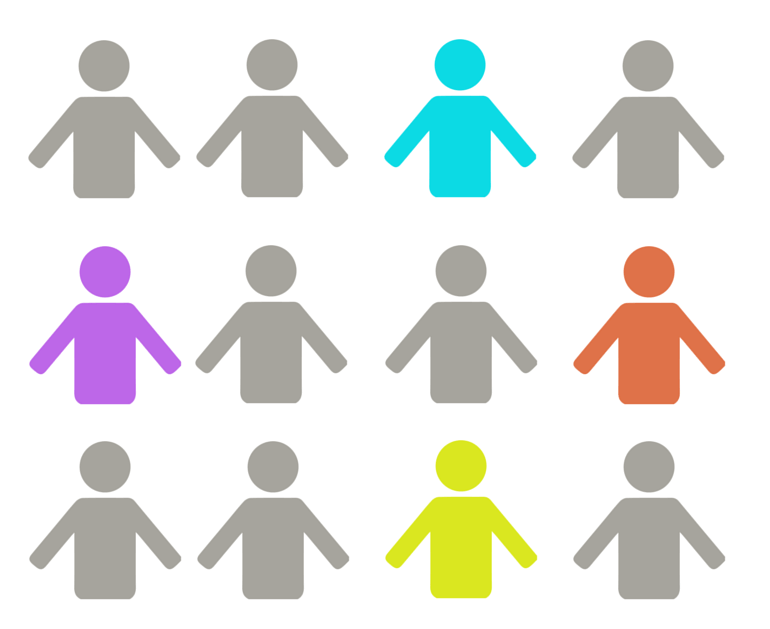
Personalization is the name of the game in 2018 when it comes to the travel customer experience. Thanks to a growing volume of data collected from every customer touch point, and increasingly advanced analytics, today’s travel brands have all the information and tools they need to make their products and communications more meaningful than ever before.
Today, travel executives realize, building more relevant and personalized customer experiences is critical because it helps differentiate their brands in an increasingly competitive market. “It’s becoming harder and harder to stand out,” confirmed Loni Stark, senior director of strategy and product marketing at Adobe, in an interview with CMO.com. “Many brands are setting the bar higher by engaging with customers on a personal level with content and messaging that is personalized, relevant, and more likely to garner engagement.”
Despite this, many travel brands still struggle to meet the personalization demands of consumers. Consider that in Skift and Adobe’s 2018 Digital Transformation Report only 36 percent of travel executives rated their company’s current personalization efforts as a four or five on a scale of one to five. The challenge is further illustrated by the results of a survey published at Adobe’s North American 2018 Summit, in which consumers were asked to rate various digital experiences based on what they expect versus what impresses them. The survey confirmed that younger travelers view personalized experiences as an expectation when choosing their favorite travel brands. “Millennials in the 25 to 34-year-old demographic are less likely to be impressed versus having an expectation around travel experiences,” said Julie Hoffmann, Adobe’s head of industry strategy for travel. “These global travelers are setting the bar as they move into the primary travel demographic over the next 10 years.”
How much progress have today’s travel businesses made to personalize the products, services, and content they offer to consumers? And what best practices will they need to adopt in the near-future to make their personalization goals a reality? Below is a roadmap to personalization success, informed by the results of Skift and Adobe’s 2018 Digital Transformation Report.
Identify and Utilize the Right Data
Good personalization starts with good data. “Garbage in, garbage out” is a useful principle when thinking about what kind of information marketers should rely on for personalization. But what sources of data are highest quality? And how should they make use of it? “It is clear that travel brands are swimming in a sea of data, but accessing the right data to inform personalization is still a challenge,” acknowledged Adobe’s Hoffmann.




